Austenitic Stainless Steel
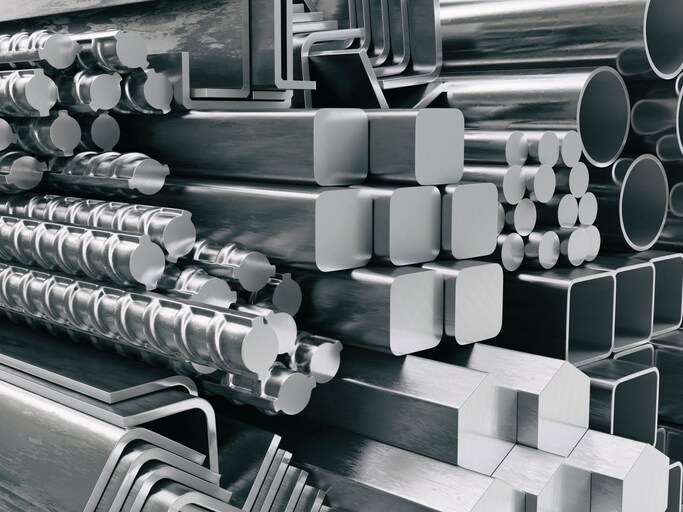
Austenitic stainless steel, characterized by its high chromium and nickel content, offers exceptional corrosion resistance, ductility, and weldability. These properties make it an ideal material for tank manufacturing, where durability and longevity are paramount. Its non-magnetic nature and ability to maintain strength at high temperatures further enhance its suitability for various industrial applications, ensuring reliable performance under harsh conditions.
Characteristics of austenitic stainless steel
Corrosion Resistance:
- High chromium content provides excellent resistance to a wide range of corrosive environments.
- Effectively withstands exposure to acids, bases, and saline solutions.
Weldability:
- Exceptional weldability with minimal risk of cracking during welding processes.
- Ideal for complex fabrications requiring strong, durable welds.
Formability:
- Can be easily formed, bent, or drawn into complex shapes without losing strength.
- Versatile for applications requiring intricate designs.
Non-Magnetic:
- Inherently non-magnetic, making it suitable for applications where magnetic interference is a concern.
High-Temperature Performance:
- Maintains strength and integrity at high temperatures.
- Suitable for use in environments where materials are exposed to extreme heat.
Ductility:
- High ductility allows it to be stretched or deformed without breaking.
- Enables the production of thin-walled components and complex shapes.
These characteristics collectively make austenitic stainless steel an ideal choice for a broad spectrum of applications, including tank manufacturing, food processing equipment, and architectural structures, ensuring durability, safety, and aesthetic appeal.
Characteristics of austenitic stainless steel
| Grade | C (Max) | Mn (Max) | P (Max) | S (Max) | Si (Max) | Cr | Ni | Mo | N (Max) | Others |
|---|---|---|---|---|---|---|---|---|---|---|
| ASTM 304 / EN 1.4301 | 0.08 | 2.0 | 0.045 | 0.030 | 1.0 | 18.0-20.0 | 8.0-10.5 | - | - | - |
| ASTM 304L / EN 1.4306 | 0.03 | 2.0 | 0.045 | 0.030 | 1.0 | 18.0-20.0 | 8.0-12.0 | - | - | - |
| ASTM 316 / EN 1.4401 | 0.08 | 2.0 | 0.045 | 0.030 | 1.0 | 16.0-18.0 | 10.0-14.0 | 2.0-3.0 | - | - |
| ASTM 316L / EN 1.4432 | 0.03 | 2.0 | 0.045 | 0.030 | 1.0 | 16.5-18.5 | 10.0-13.0 | 2.5-3.0 | - | - |
| ASTM 317L / EN 1.4438 | 0.03 | 2.0 | 0.045 | 0.030 | 1.0 | 18.0-20.0 | 11.0-15.0 | 3.0-4.0 | - | - |
| ASTM 321 / EN 1.4541 | 0.08 | 2.0 | 0.045 | 0.030 | 1.0 | 17.0-19.0 | 9.0-12.0 | - | - | Ti ≥ 5xC, max 0.70% |
| UNS S31050 / EN 1.4466 | 0.02 | 2.0 | 0.035 | 0.015 | 0.8 | 24.0-26.0 | 6.0-8.0 | 3.0-4.0 | 0.10-0.22 | Cu: 0.5-1.5, N: 0.10-0.22 |
| UNS N08020 / Carpenter 20 CB3 | 0.07 | 2.0 | 0.045 | 0.035 | 1.0 | 19.0-21.0 | 32.0-38.0 | 2.0-3.0 | - | Cu: 3.0-4.0, Nb: 0.1-0.3 |
Physical properties of austenitic stainless steel
| Grade | Density (g/cm³) | Melting Point (°C) | Thermal Expansion (μm/m/°C) | Thermal Conductivity (W/mK) | Specific Heat (J/kgK) | Electrical Resistivity (nΩm) |
|---|---|---|---|---|---|---|
| ASTM 304 / EN 1.4301 | 8.0 | 1400-1450 | 16.2 | 16.2 | 500 | 720 |
| ASTM 304L / EN 1.4306 | 8.0 | 1400-1450 | 16.3 | 16.3 | 500 | 720 |
| ASTM 316 / EN 1.4401 | 8.0 | 1375-1400 | 16.5 | 16.3 | 500 | 740 |
| ASTM 316L / EN 1.4432 | 8.0 | 1375-1400 | 16.5 | 16.3 | 500 | 740 |
| ASTM 317L / EN 1.4438 | 8.0 | 1375-1400 | 16.5 | 16.5 | 500 | 740 |
| ASTM 321 / EN 1.4541 | 8.0 | 1400-1450 | 16.6 | 16.1 | 500 | 720 |
| UNS S31050 / EN 1.4466 | 8.0 | 1375-1400 | 16.0 | 14.0 | 500 | 750 |
| UNS N08020 / Carpenter 20 CB3 | 8.1 | 1350-1400 | 17.0 | 12.9 | 500 | 800 |
Applications of austenitic stainless steel
Austenitic stainless steels are widely utilized in various industries due to their exceptional corrosion resistance, durability, and formability. Below are detailed descriptions of their applications across different sectors, with a focus on tank and heavy-duty container manufacturing:
Chemical Processing Industry
Austenitic stainless steels, such as ASTM 316 and 316L (EN 1.4401 and EN 1.4432), are extensively used in the chemical processing industry due to their superior corrosion resistance to a wide range of chemicals. These materials are ideal for tanks and vessels that store and process acidic and basic solutions, as well as organic compounds. Their molybdenum content enhances their resistance to chloride environments, making them suitable for use in high-concentration chloride solutions and reducing the risk of stress corrosion cracking.
Food and Beverage Industry
The food and beverage industry favors austenitic stainless steels like ASTM 304 and 304L (EN 1.4301 and EN 1.4306) for their excellent corrosion resistance, ease of cleaning, and non-toxicity. These grades are commonly used in the manufacturing of storage tanks, fermenters, and processing equipment where hygiene and product purity are paramount. Their resistance to a wide range of food and beverages, from acidic fruits to alkaline solutions, prevents contamination and maintains the quality of the products.
Pharmaceutical Industry
In the pharmaceutical industry, where cleanliness and contamination control are critical, austenitic stainless steels such as ASTM 316L (EN 1.4432) offer the necessary corrosion resistance and ease of sterilization. Equipment and containers, including reactors, storage tanks, and piping systems, benefit from the material's smooth surface, reducing the adherence of bacteria and residues. Its excellent weldability also ensures that joints and seams do not become sites for bacterial growth.
Water Treatment and Desalination
The resistance of austenitic stainless steels to chloride-induced corrosion makes them ideal for water treatment and desalination plants. Grades like UNS S31653 (EN 1.4429) and ASTM 317L (EN 1.4438) are used in the construction of tanks, pipes, and heat exchangers that are exposed to brackish or seawater. These materials withstand the aggressive environments encountered in desalination processes, ensuring the longevity and reliability of the equipment.
Oil and Gas Industry
The oil and gas industry utilizes austenitic stainless steels for storage tanks, separators, and pipelines that handle crude oil, natural gas, and by-products. High-performance grades, such as UNS N08020 (Carpenter 20 CB3) and UNS S31050 (EN 1.4466), provide excellent resistance to sulfide stress cracking and corrosive substances found in petroleum products. Their high strength and toughness at low temperatures also make them suitable for offshore platforms
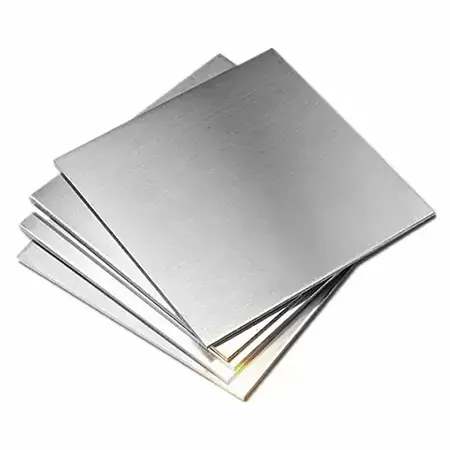 AISI 321 / S32100 stainless steel
AISI 321 / S32100 stainless steel
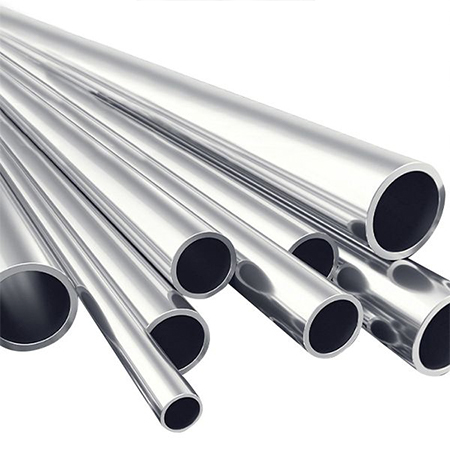 ASTM 304 - EN 1.4301
ASTM 304 - EN 1.4301
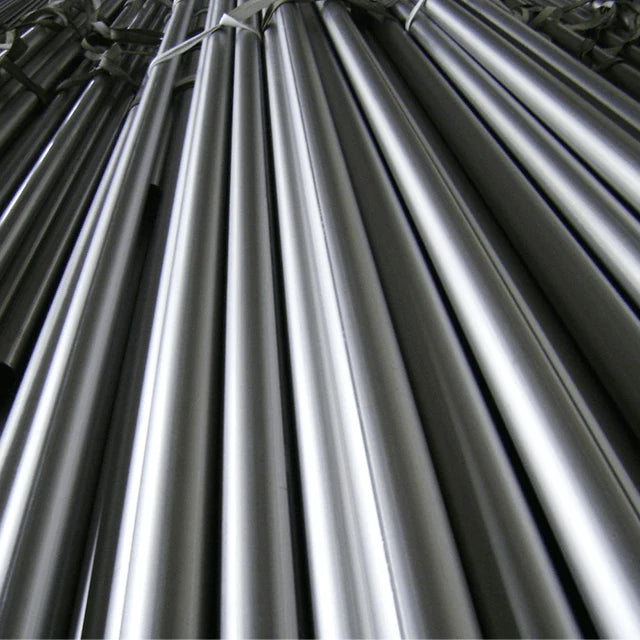 ASTM 304L - EN 1.4306
ASTM 304L - EN 1.4306
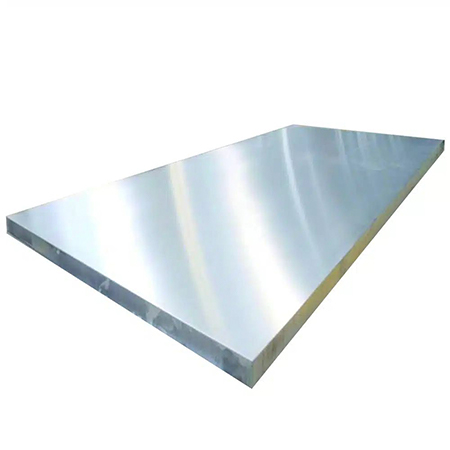 ASTM 304L ( EN 1.4307 ) Stainless Steel
ASTM 304L ( EN 1.4307 ) Stainless Steel
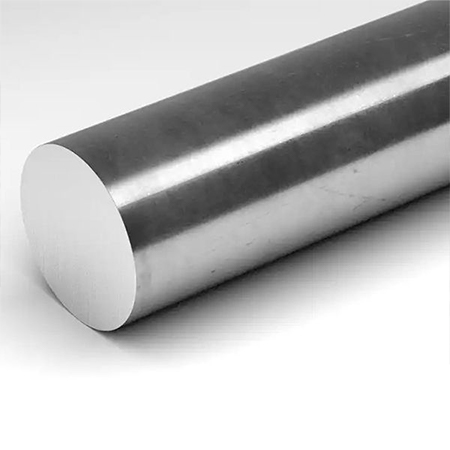 ASTM 304LN - EN 1.4311
ASTM 304LN - EN 1.4311
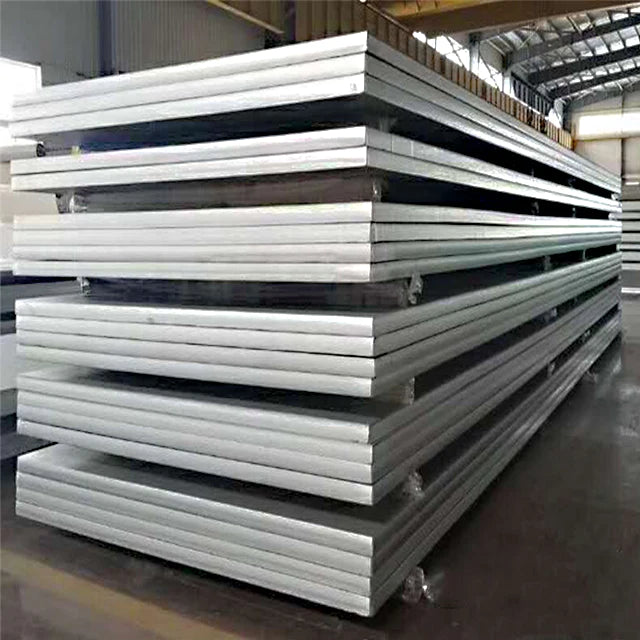 ASTM 347 - EN 1.4550
ASTM 347 - EN 1.4550
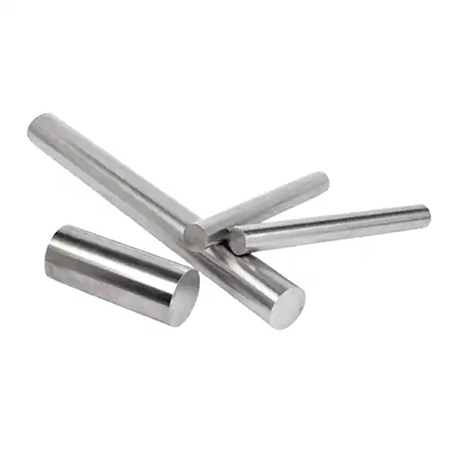 UNS S30430 - EN 1.4567
UNS S30430 - EN 1.4567
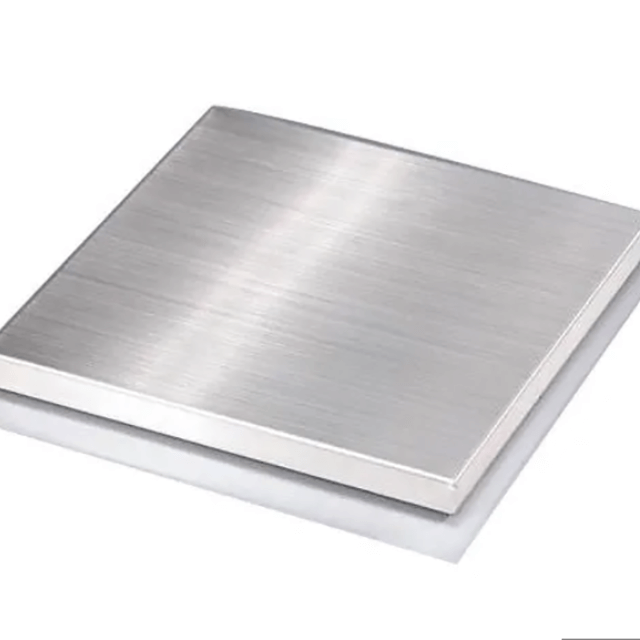 ASTM 316 - EN 1.4401
ASTM 316 - EN 1.4401
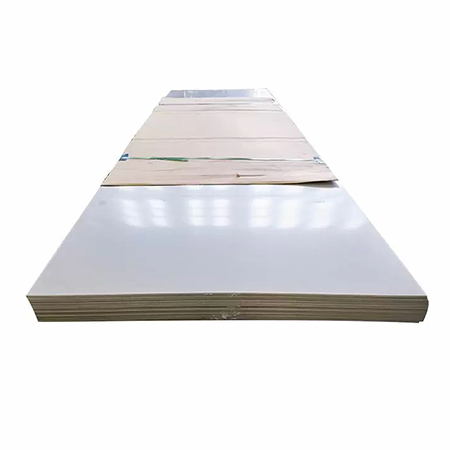 EN 1.4436 / ASTM 316 Stainless Steel
EN 1.4436 / ASTM 316 Stainless Steel
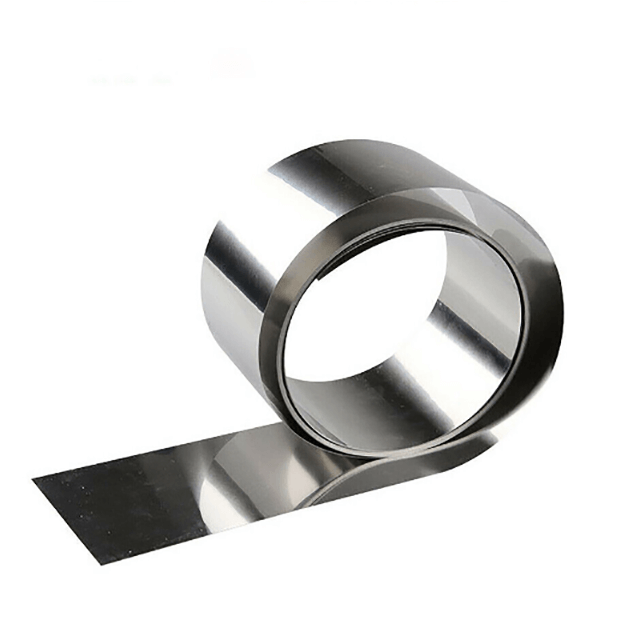 ASTM 316L - EN 1.4432
ASTM 316L - EN 1.4432
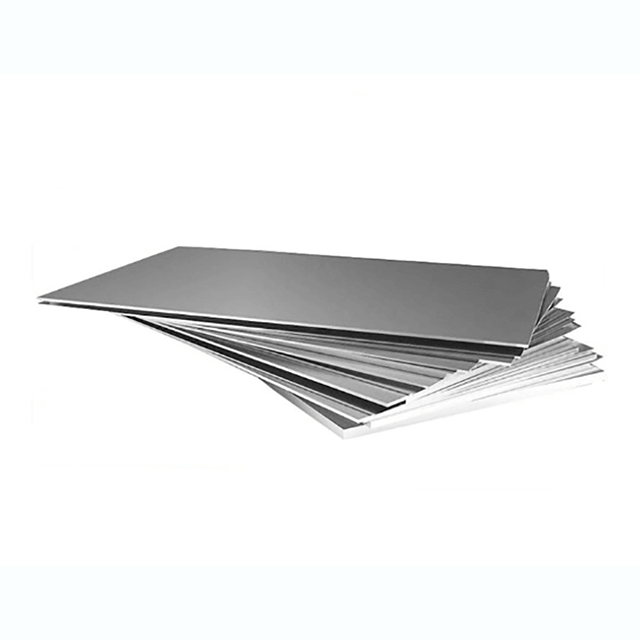 ASTM 316LN - EN 1.4406
ASTM 316LN - EN 1.4406
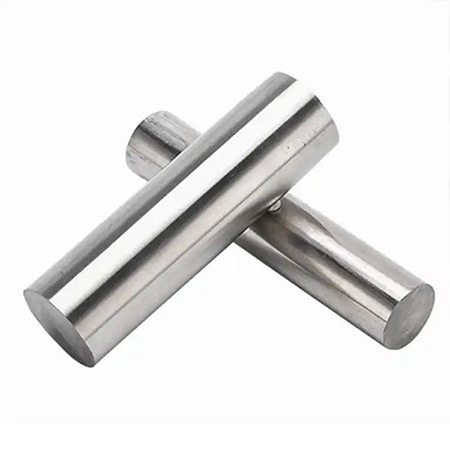 UNS S31653 - EN 1.4429
UNS S31653 - EN 1.4429
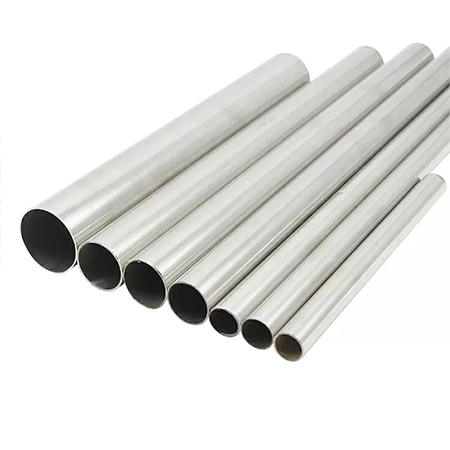 ASTM 316L - EN 1.4435
ASTM 316L - EN 1.4435
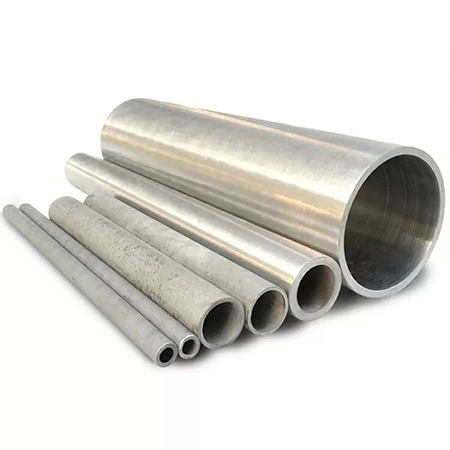 ASTM 317LMN - EN 1.4439
ASTM 317LMN - EN 1.4439
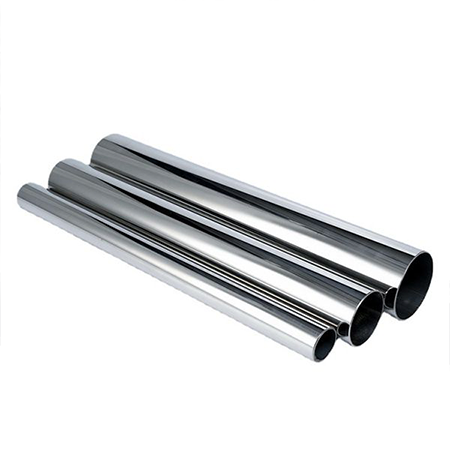 UNS S31050 - EN 1.4466
UNS S31050 - EN 1.4466
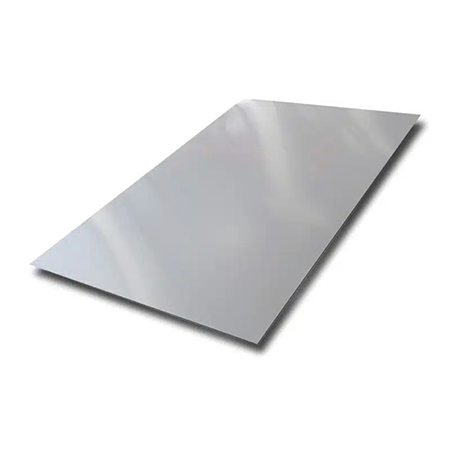 UNS N08020 | Carpenter 20 CB3 Stainless Steel
UNS N08020 | Carpenter 20 CB3 Stainless Steel
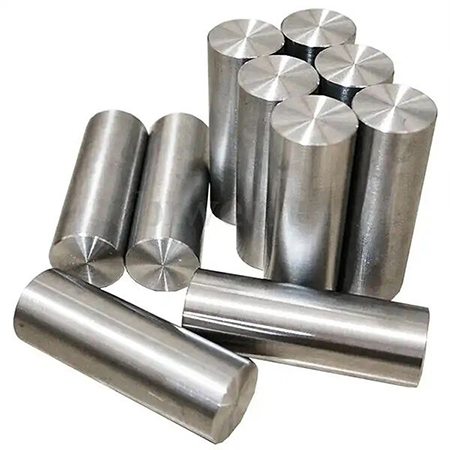 ASTM 321 - EN 1.4541
ASTM 321 - EN 1.4541
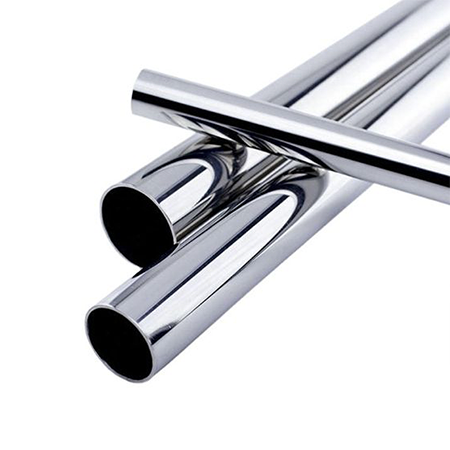 ASTM 316L - EN 1.4404
ASTM 316L - EN 1.4404
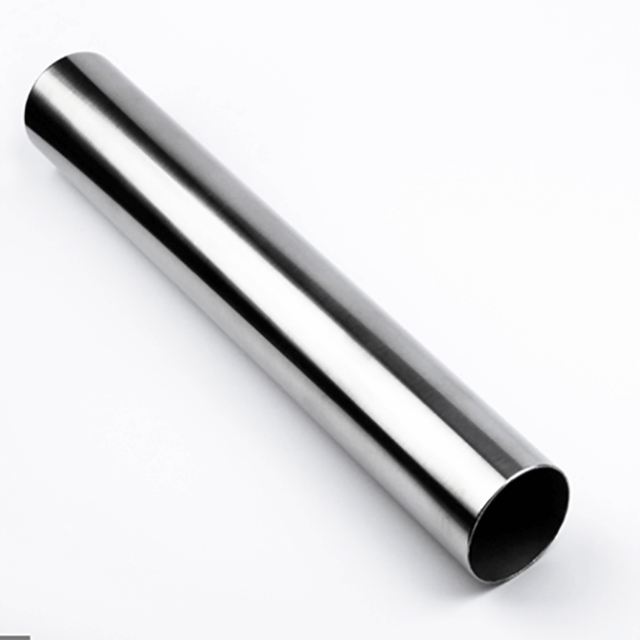 ASTM 317L - EN 1.4438
ASTM 317L - EN 1.4438